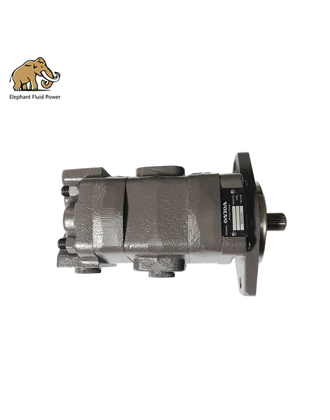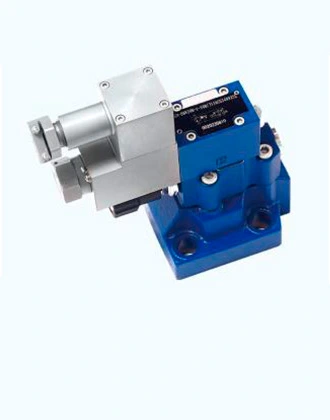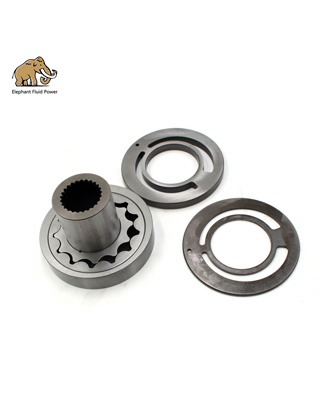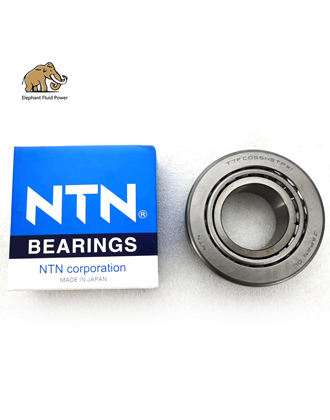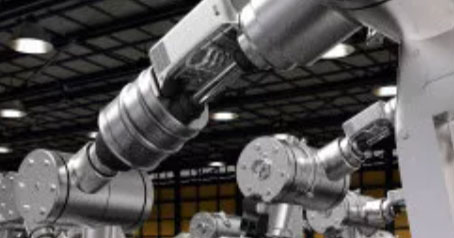Hydraulic gear pumps are an ideal choice for mobile hydraulic system applications, such as agricultural equipment, construction equipment, and more. The name gear pump comes from the fact that two rotating gears within the pump body mesh together. While we may not often consider how this type of hydraulic pump works, you may be interested in some fun facts.
Little knowledge of hydraulic gear pumps
Hydraulic gear pumps are highly efficient power converters. While they may not be as powerful as hydraulic piston pumps, gear pumps deliver the power required for mobile hydraulic equipment applications within a compact frame. Even in extreme temperatures, working environments, or with degraded oil quality, mobile gears can still produce the necessary pressure.
Hydraulic gear pumps are very flexible. These pumps can be equipped with relief valves, flow control valves, accumulator charging valves, check valves, and load-sensing valves to provide very compact devices. They are an ideal solution for mobile equipment with limited space, such as forklifts or tractors.
There are two types of hydraulic gear pumps. The most common type uses two identically sized gears placed side by side within the pump housing. The other type has one large outer gear, which is larger than the second. In this configuration, the larger gear is located on the outside with its teeth inward, meshing with the smaller second gear located on the inside of the larger gear.
Due to their unique and compact design, hydraulic gear pumps are an ideal choice for mobile equipment applications. However, you need to pay close attention to system monitoring to avoid and prevent performance issues such as oil contamination, which is the leading cause of gear pump failure.
Precautions for hydraulic gear pumps
When installing hydraulic gear pumps, the base or bracket should have sufficient rigidity to support the pump without being subjected to forces other than the twisting force produced by the pump shaft rotation; the different axiality between the connecting shafts should not exceed 0.05mm; hydraulic gear pumps should run in the direction of rotation specified on the pump label, taking note of the position of the inlet and outlet ports, with the larger port serving as the inlet.
Safety valves and pressure gauges must be installed in the hydraulic system, and the oil tank must be dustproof to prevent sand and other debris from entering the oil and must be regularly cleaned. The suction pipeline should be as short as possible, generally not exceeding 500mm, and fittings should be used as little as possible. There should be no air leaks in the oil pipeline.
The prescribed working fluid is HC-8# diesel engine oil for winter and HC-11# diesel engine oil for summer, with a working temperature range of -10 to 70 degrees Celsius.
 French
French
 Portuguese
Portuguese
 Russian
Russian
 German
German
 Spanish
Spanish
 Japanese
Japanese
 Korean
Korean
 Irish
Irish
 Greek
Greek
 Turkish
Turkish
 Italian
Italian
 Danish
Danish
 Romanian
Romanian
 Indonesian
Indonesian
 Czech
Czech
 Afrikaans
Afrikaans
 Swedish
Swedish
 Polish
Polish
 Basque
Basque
 Catalan
Catalan
 Esperanto
Esperanto
 Hindi
Hindi
 Lao
Lao
 Albanian
Albanian
 Amharic
Amharic
 Armenian
Armenian
 Azerbaijani
Azerbaijani
 Belarusian
Belarusian
 Bengali
Bengali
 Bosnian
Bosnian
 Bulgarian
Bulgarian
 Cebuano
Cebuano
 Chichewa
Chichewa
 Corsican
Corsican
 Croatian
Croatian
 Dutch
Dutch
 Estonian
Estonian
 Filipino
Filipino
 Finnish
Finnish
 Frisian
Frisian
 Galician
Galician
 Georgian
Georgian
 Gujarati
Gujarati
 Haitian
Haitian
 Hausa
Hausa
 Hawaiian
Hawaiian
 Hebrew
Hebrew
 Hmong
Hmong
 Hungarian
Hungarian
 Icelandic
Icelandic
 Igbo
Igbo
 Javanese
Javanese
 Kannada
Kannada
 Kazakh
Kazakh
 Khmer
Khmer
 Kurdish
Kurdish
 Kyrgyz
Kyrgyz
 Latin
Latin
 Latvian
Latvian
 Lithuanian
Lithuanian
 Luxembourg
Luxembourg
 Macedoniar
Macedoniar
 Malagasy
Malagasy
 Malay
Malay
 Malayalam
Malayalam
 Maltese
Maltese
 Maori
Maori
 Marathi
Marathi
 Mongolian
Mongolian
 Burmese
Burmese
 Nepali
Nepali
 Norwegian
Norwegian
 Pashto
Pashto
 Persian
Persian
 Punjabi
Punjabi
 Serbian
Serbian
 Sesotho
Sesotho
 Sinhala
Sinhala
 Slovak
Slovak
 Slovenian
Slovenian
 Somali
Somali
 Samoan
Samoan
 Scots Gaelic
Scots Gaelic
 Shona
Shona
 Sindhi
Sindhi
 Sundanese
Sundanese
 Swahili
Swahili
 Tajik
Tajik
 Tamil
Tamil
 Telugu
Telugu
 Thai
Thai
 Ukrainian
Ukrainian
 Urdu
Urdu
 Uzbek
Uzbek
 Vietnamese
Vietnamese
 Welsh
Welsh
 Xhosa
Xhosa
 Yiddish
Yiddish
 Yoruba
Yoruba
 Zulu
Zulu

